Growing Demand Shapes Miami
South Florida’s favorable tax environment, affordable cost of living and diverse economy contributes to Miami’s reputation of an ever-growing market.
By Timea-Erika Papp
South Florida’s favorable tax environment, affordable cost of living and diverse economy contributes to Miami’s reputation of an ever-growing market. The metro mainly depends on organic expansion rather than large-scale corporate migration. Brightline, the high-speed rail service from All Aboard Florida, is a major step toward an elaborate infrastructure. The project will benefit the metro’s economic development by drawing in tenants in pursuit of walkable live-work-play environments close to nightlife, dining and shopping destinations.
Leasing activity remained brisk in a supply-constrained market, with companies facing challenges in finding available office space in core submarkets. With limited leasable inventory and sustained demand, vacancies compressed in most primary regions, reaching a 13.5 percent rate overall. In a landlord’s market, tenants are inclined to pay a premium for quality space in well-established districts.
Miami’s office employment sector has been on a slight downward trend since 2015, a sign that future growth might be even more moderate.
Total transaction volume topped $574.7 million in the 12 months ending in April, with Miami Beach taking the lead as the metro’s most expensive submarket, commanding $1,522 per square foot.
Construction activity has picked up since the historic low of 2012. Around 1.2 million square feet of office space is expected to come online by the end of 2018.

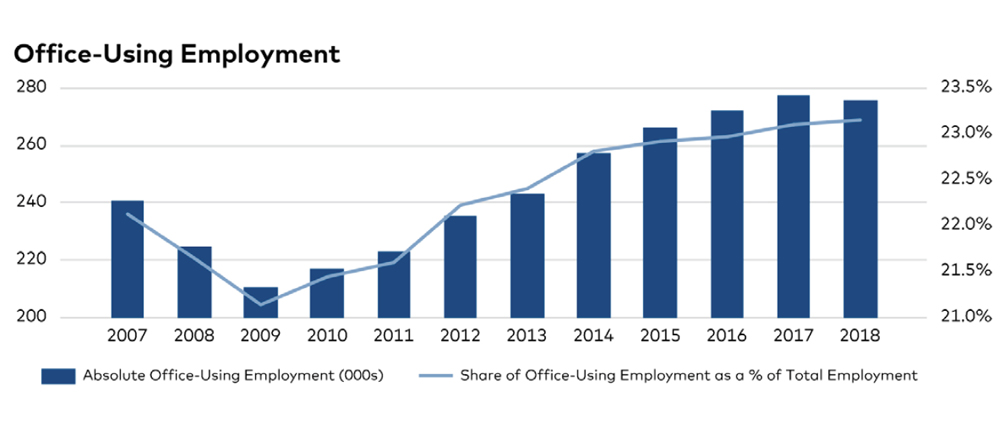
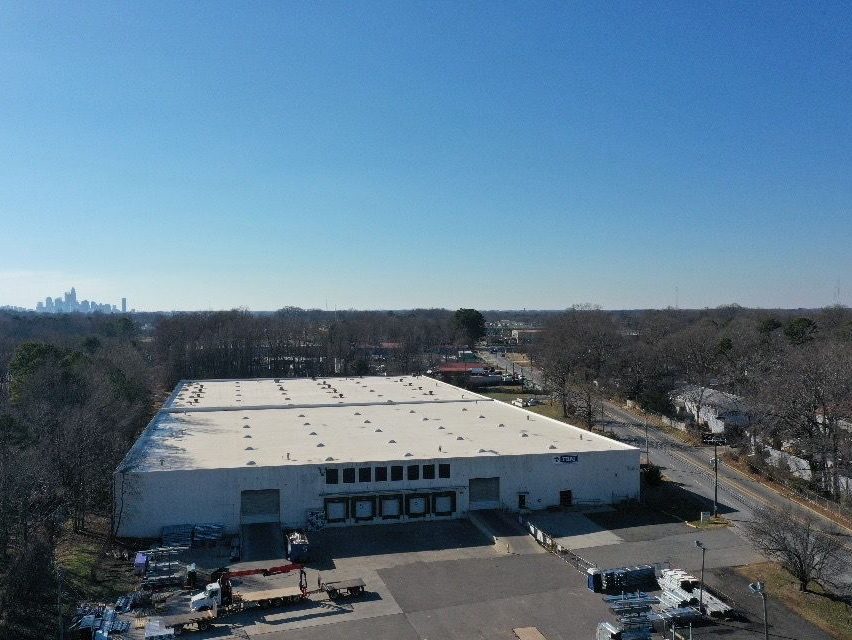
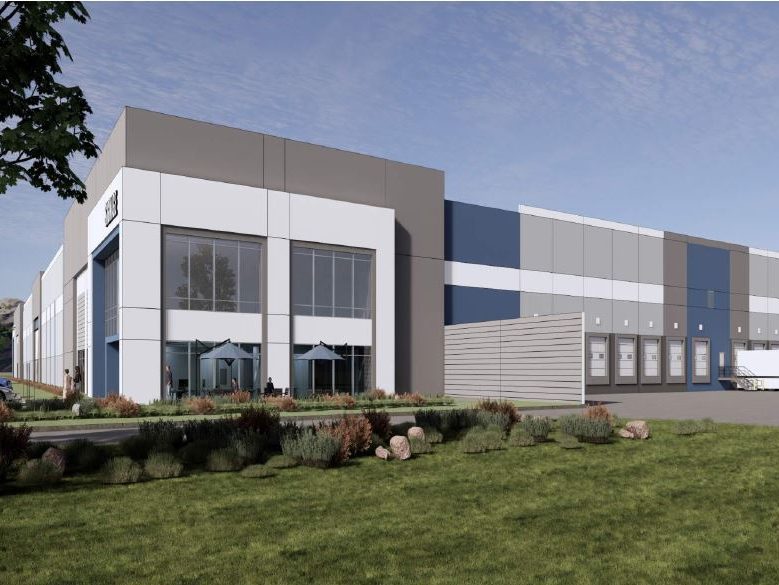

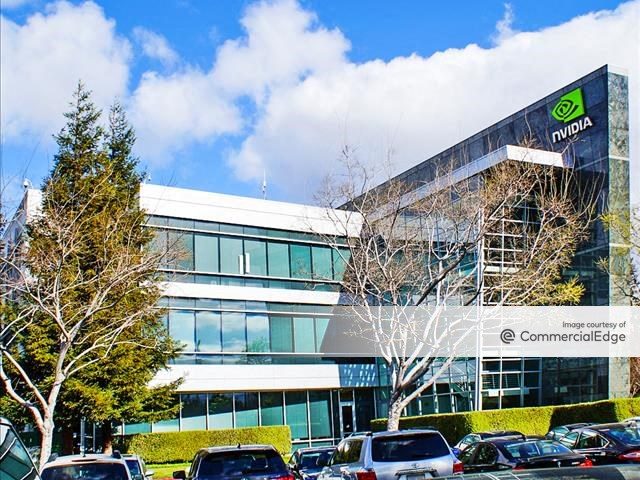

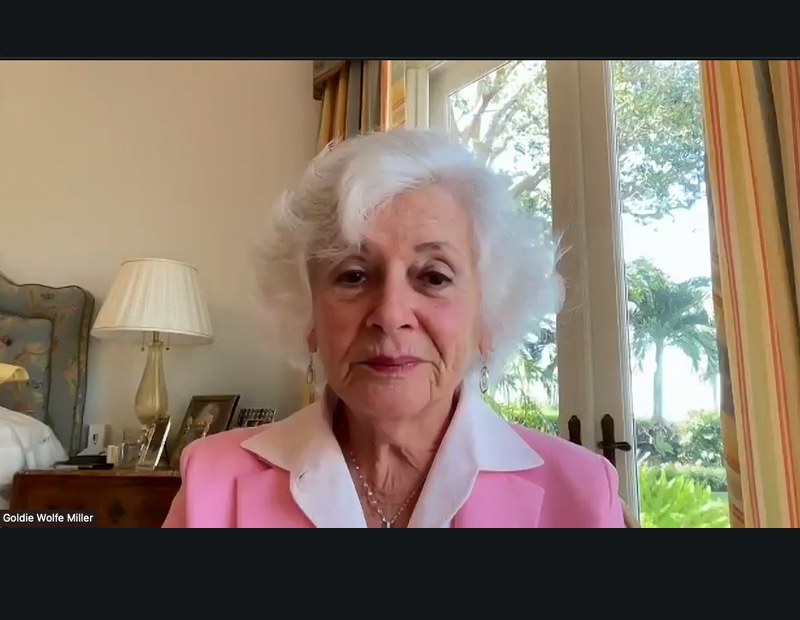
You must be logged in to post a comment.